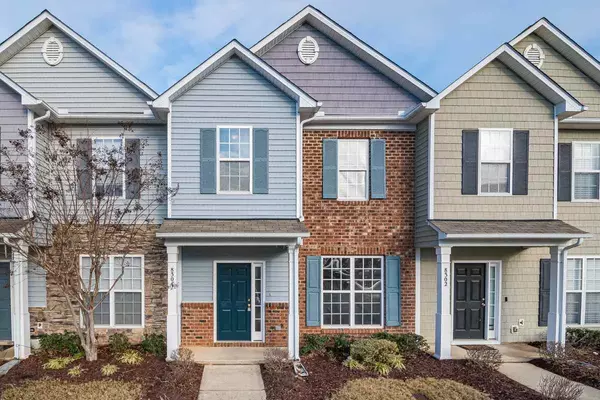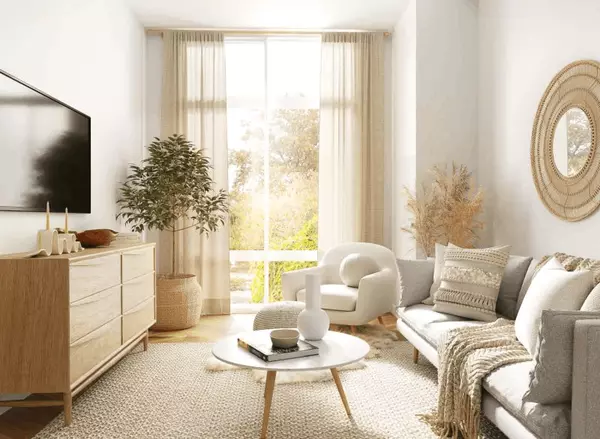1
Enter Property Address
2
Property Details
3
Property Valuation
What’s Your Home Really Worth?
Please key in your address and find out, fast and free!
NEXT
- A valid address is required to continue.
Home Selling Topics

Let's get the most value out of your investment.
Thanks! I'll get back to you shortly.




